SuperEx discusses the Runes ecosystem, sharing 8 forward-looking insights
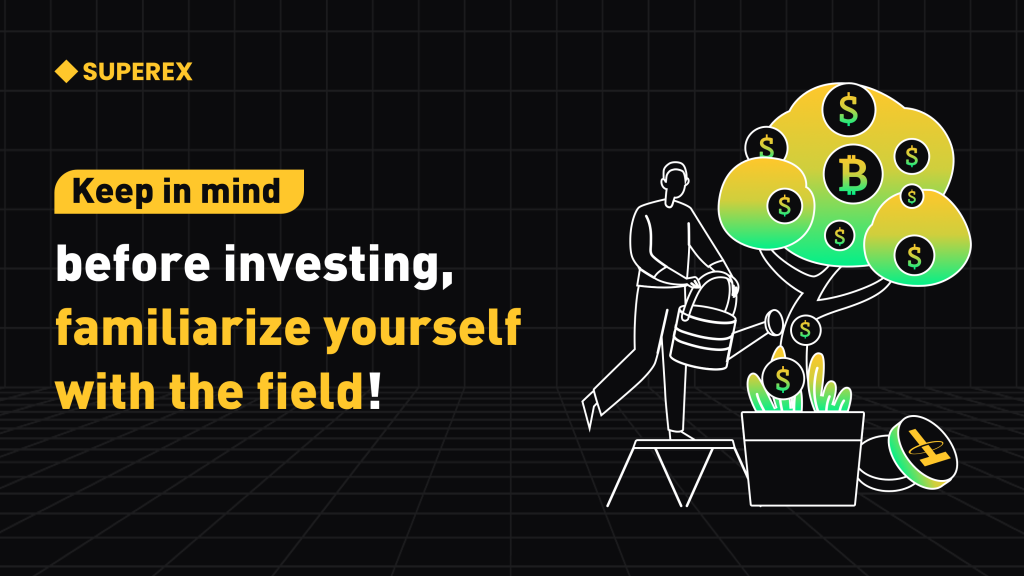
On April 1st, Version v.017.0 of Ordinals protocol was officially released, including the long-awaited final implementation scheme of Rune protocol. The update on April 7th made the Runes protocol more clearly presented to us.
Runes, if there are no special accidents, will be the key currency agreement in this bull market, just like ordinals’ position in Bitcoin nft. Other agreements have more or less technical defects or imperfect infrastructure. Runes relies on the users and influence of ordinals, and can quickly complete the infrastructure.
Today, according to the dialogue between SuperEx and some forward-looking teams in Runes protocol ecology, eight basic knowledge points about Runes have been sorted out and taught to all users who want to participate in this wave for free.
Remember: before investing, please be familiar with this field!
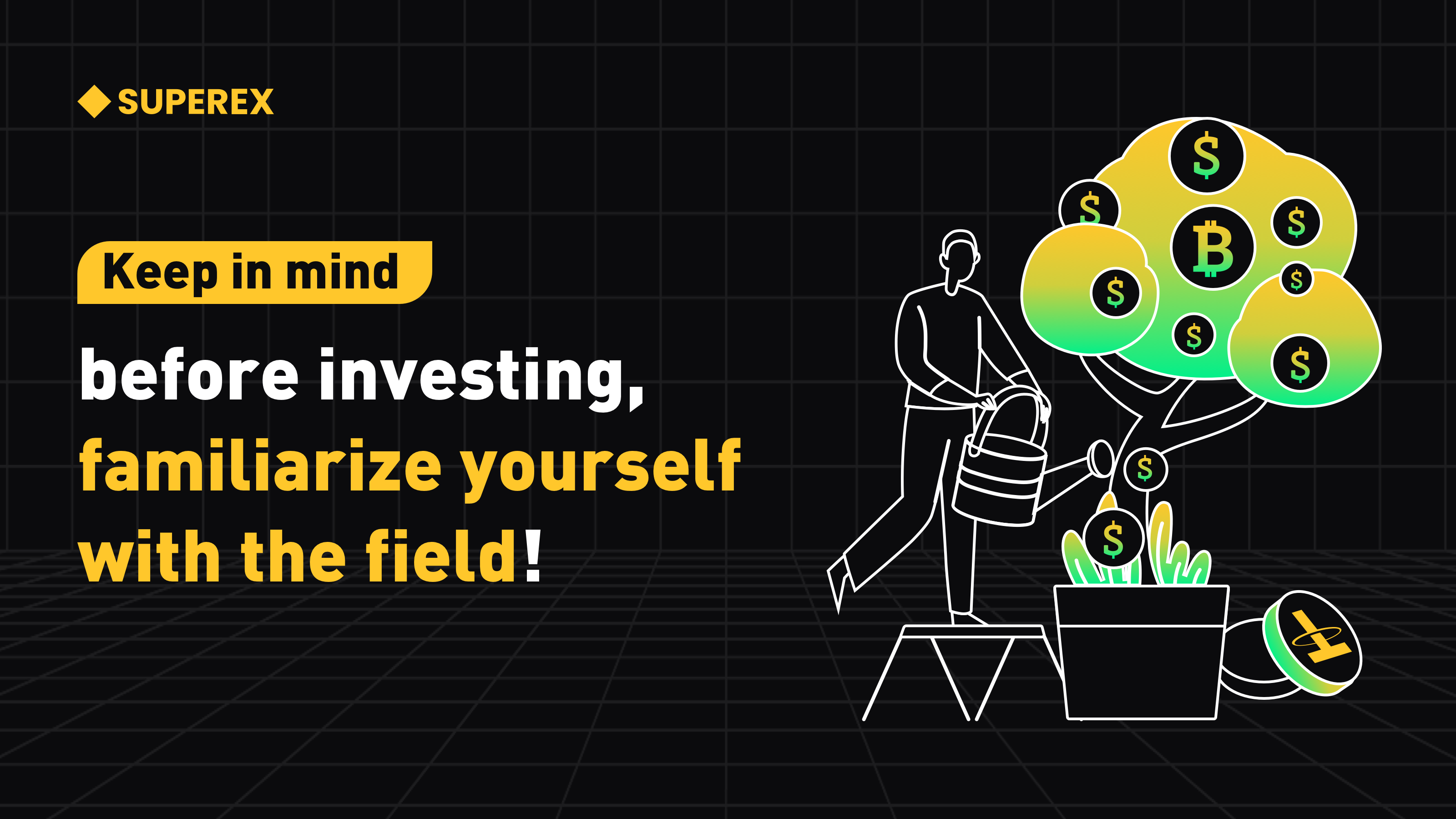
Q1: On-line time of Runes protocol
A: According to Casey’s personal blog, Runes expects Bitcoin to be launched in half time, which is the height of Bitcoin block 840,000.
Q2: What is the Runes protocol?
A: Runes is a new agreement of ordinals founder casey, which is used to publish homogenized token FT, and it was first published on casey’s personal blog.
Runes is specially designed for ease of use. By following the UTXO model of Bitcoin, Runes provides a user-friendly and UTXO-based alternative for existing token protocols such as Ordinals, ORC-20, BRC-20 and Stamps.
Runes allows flexible allocation and transfer of rune balances, and invalid protocol messages will cause rune burning as a guarantee for future upgrades. In addition, runes can issue specific human-readable symbols and decimal configurations, and their issuance and transfer do not require the use of native tokens, making the protocol less cumbersome and more user-friendly. Generally speaking, runes provide a simpler and more intuitive way to deal with replaceable tokens on the bitcoin blockchain.
Q3: What is a rune?
A: Bitcoin runes are unique and replaceable tokens that exist in the bitcoin blockchain. They are intended to represent replaceable assets with unique characteristics and metadata. These tokens differ from existing substitutes in several ways.
First of all, runes are native to the UTXO model of Bitcoin. This minimizes the generation of “junk” UTXO, thus achieving more responsible UTXO management and smaller chain footprint.
Secondly, through runes, the bitcoin blockchain is designed as a minimum and efficient ledger for transferring value through bitcoin transactions.
Q4: Differences between Ordinals, BRC20 and Runes.
A: Let’s talk about the concepts of these three agreements first.
· Ordinals is a protocol based on bitcoin network, which provides a new data storage method for bitcoin by using the UTXO model of bitcoin, that is, embedding small pieces of data in a specific bitcoin by using the transaction output number of bitcoin. The purpose of this protocol is to introduce an innovative data storage and marking method for Bitcoin network without changing the infrastructure of Bitcoin itself.
· BRC20 is a token standard based on bitcoin network, which allows users to create their own digital assets and combine them with bitcoin blockchain. The main advantage of this standard is that it can provide more flexible token issuance and trading methods, and at the same time increase the use of bitcoin blockchain.
· Runes is designed to replace BRC20, and it uses the OP_RETURN output on the bitcoin blockchain as the data storage method. The main advantage of this protocol is that it can provide more efficient data storage and reading methods, while maintaining the security and reliability of Bitcoin.
Now let’s explain the difference between the three in detail.
Ordinals replaced the inscription into the bitcoin ecology, and brc-20 created a decentralized coin issuing mechanism in the form of index characters, which overwhelmed the Ordinals protocol originally developed for NFT.
However, as a decentralized ordinals, even the founder can’t make brc-20 disappear. Casey, the founder of ordinals, has repeatedly expressed his dissatisfaction with brc-20, occupying a large number of inscriptions and a large number of bitcoin volumes, and meme coins have not brought much positive benefits to the ecology.
So Casey put forward a new scheme, Runes. The main purpose of Runes protocol is to define a way to exchange symbolic assets on bitcoin network. It uses Rune as the unit of symbolic assets and Utxos to represent the balance of Rune.
Casey hopes that the simplicity, ease of use and seamless connection of Runes will bring some influential changes to the bitcoin token ecosystem.
The advantage of Runes lies in two points:
First of all, this is the standard of Ordinals protocol. An inappropriate analogy is ERC404 and DN404 in Ethereum. The former is the creator of the recent upsurge of “integration of graphics and currency”, while the latter is a cheaper protocol that fully abides by the standard of Ethereum and strives to become an EIP formally. Runes, as the official “pro-son” of Ordinals, will not suffer from the stability problem caused by the changes of Ordinals protocol like BRC-20, and can enjoy the possible improvements brought by the new features of Ordinals protocol in the first time. At the same time, based on UTXO, players do not need to engrave the transfer inscription first and then send it away to complete the transaction, which greatly saves costs.
More importantly, although Runes is the standard of Ordinals protocol, its implementation itself does not depend on Ordinals protocol, and Runes is independent. The implementation of BRC-20 depends on the Ordinals protocol. In the long run, the development of BRC-20 is passive.
Q5: What’s the difference between runes and inscriptions?
A: From a technical point of view, there are two key differences between bitcoin inscription and Rune:
· Carving location: Bitcoin inscriptions are engraved in isolated witness data, while runes are engraved in OP_RETURN.
· Performance characteristics: Inscriptions will block the bitcoin network, but runes will not.
Q6: What will be the first rune?
A: The first “rune” is the “UNCOMMON•GOODS” written by Casey Rodarmor, the founder of Ordinals protocol, which is hard-coded (that is, written directly in the code). We can start typing this “Creation Rune” from the height of Bitcoin block of 840,000. However, it must be noted that the “Creation Rune” is unlimited in time, and it will be hit from the upcoming halving block in 2024 to the next halving block, one for each transaction.
Q7: Is “Rune” played fairly after being deployed like BRC-20?
A: It depends on the deployer’s settings. It not only supports one-time completion during deployment, which is convenient for the project party to make centralized distribution, but also supports fair casting after deployment like BRC-20. In this regard, Rune is much more flexible than BRC-20, and it also supports open casting but reserved by the project party (such Rune Token will be marked) and the aforementioned “unlimited time”.
Q8: How to participate in the rune wave then?
A: Like inscriptions, users have two ways to participate in runes, one is their own Mint, but this requires complicated operation and high cost threshold. The other is to participate Mint rune trading through SuperEx, which has the incomparable advantages of low cost threshold, simple operation and convenient trading.
At present, we are actively preparing the layout of runes. Not surprisingly, SuperEx is still the first platform in the world to provide users with one-stop solutions for rune trading.
If you want to know more about Runes protocol! If you want to have face-to-face communication with the Runes agreement participating team! If you want to learn the Runes protocol further! Please pay attention to the Space exchange meeting launched by SuperEx in conjunction with many project parties participating in the Runes agreement!
Please pay attention to the official Twitter for specific time:
SuperEx (@SuperExet) / X (twitter.com)


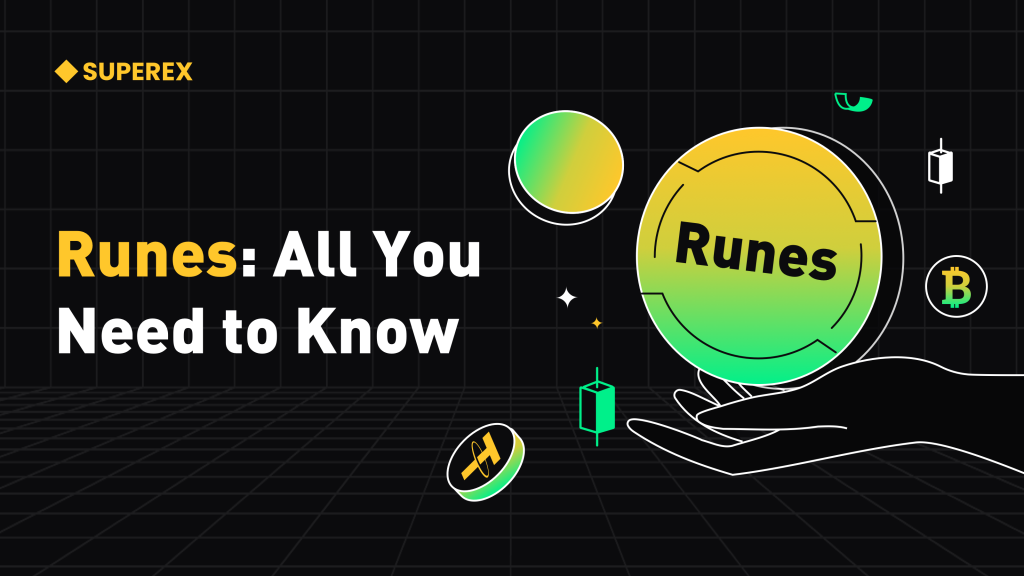
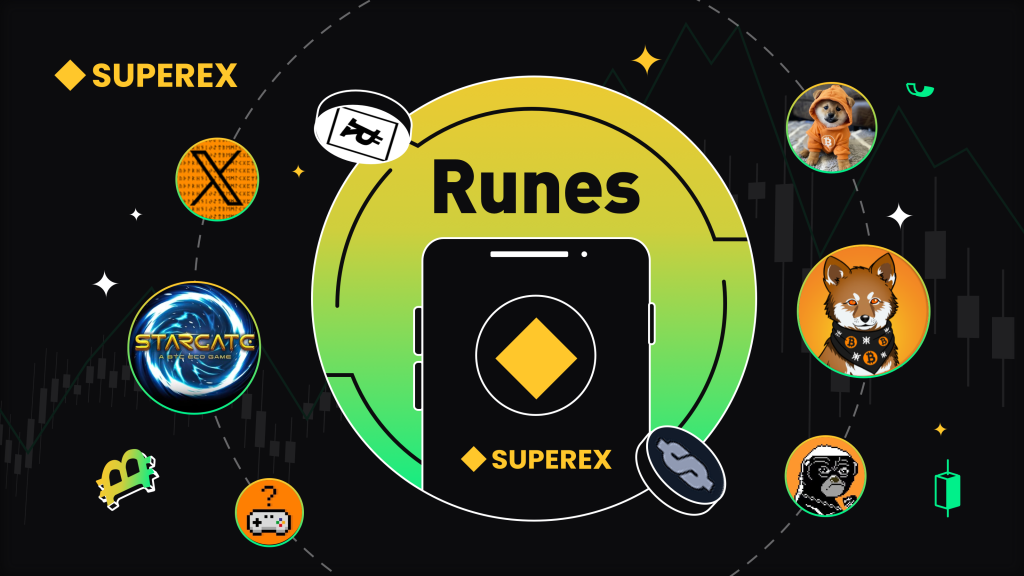

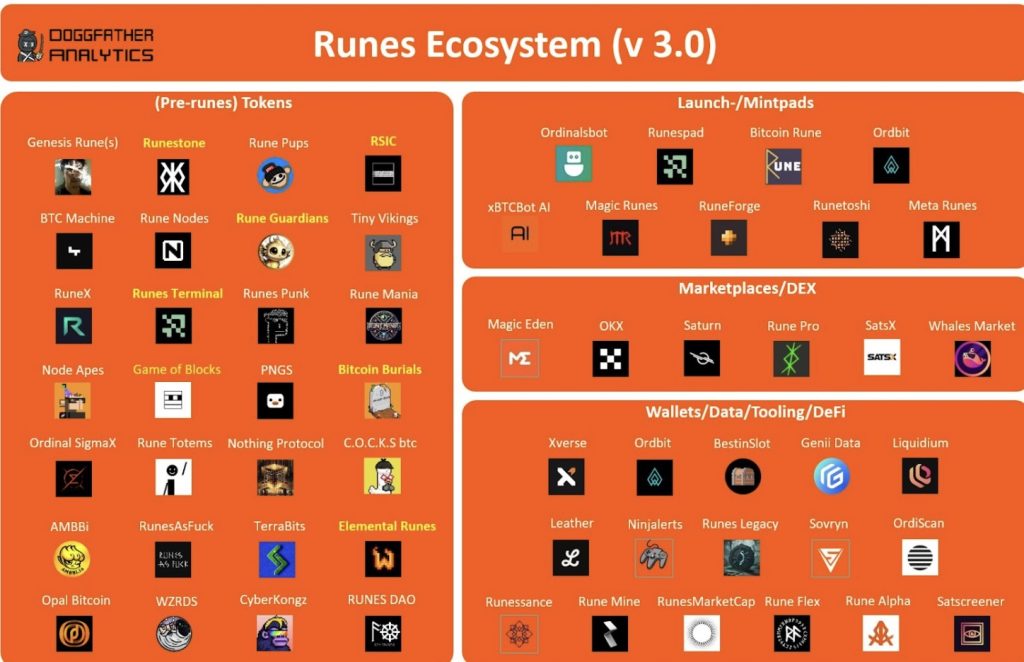
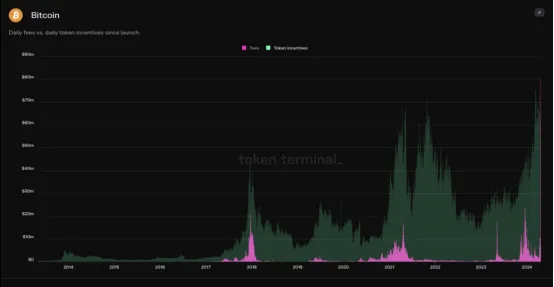
Responses